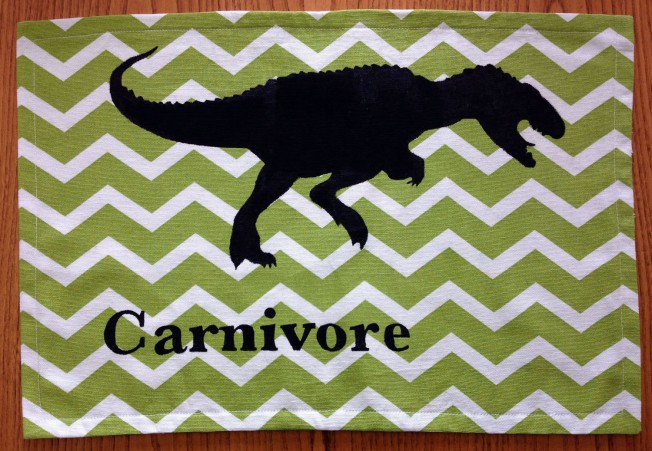Part X
Arms with affirmation. Limbs without limits. Feelers with feeling? Current project: how do you hold hands with someone 2,700 miles away?
Hands are complicated. There are drawing classes where students focus on heads, feet and hands for an entire semester. Our fingerprints are unique and our palm markings change over time. We can support our entire body weight on a few fingertips. Hands have one of the highest sensory capacities of the body. Our hands can embody an entire language.
Do you know what else has some impressive appendages? The octopus. They use their tentacles for locomotion, fighting, tasting and exploring (They also have three hearts, but that’s a project for another time). Yet no matter how exceptional hands and tentacles are, I still cannot reach mine across the U.S.
I had to pretend a little. I also went with the octopus, because a pointed tube is easier to shape out of fabric than digits. I drafted a pattern of a tentacle and sewed a mock up so I had a good idea of what the finished product would look like. I made a few adaptations, and then cut out my pieces, leaving a generous seam allowance (just in case). After a soda ash soak, I used Rit and very old (vintage!) ink to stain the fabric. For the back side, I used a shibori technique that involved wrapping the fabric around some rope and then compressing it. The representation of the suckers was produced by dropping ink onto damp fabric.
Next, I used fabric paint to accentuate the existing dye patterns.
I sewed the pieces together, leaving a space for stuffing. I fitted the bottom with a piece of cardboard and a weight to add stability. I glued neodymium magnets to the inside of each tentacle. I also included a reminder to share my heart. The tentacles were stuffed with shredded memory foam and fiberfill.
Although pleased with the outcome, I didn’t leave quite enough room to hold hands in the chaste way I envisioned. They ended up being a bit more intimate than anticipated.
Part O
My counterpart took a more literal approach to the hand holding quandary. After a few tutorials in casting, he used alginate to make an impression of his hand and used silicone to fill the negative space. The result was an accurate reproduction of his left hand with exceptional detail regarding skin texture, nails and palm lines.
He did magic things with wires, a circuit board and battery (actually the process was explained to me several times, but, magic). When the battery is engaged, the hand glows red. According to B., it didn’t work out like he planned. There are a few components he wants to redefine. Ideally the hand responds to computer commands, all of the hardware is hidden within and the silicone has swirly sparkles (that’s mine). Considering that this was the first time B. worked with these techniques and materials, I think it was a successful first attempt. It is wonderful parts creepy and techy. I love it. And I will be boarding a plane at the end of the month.




































